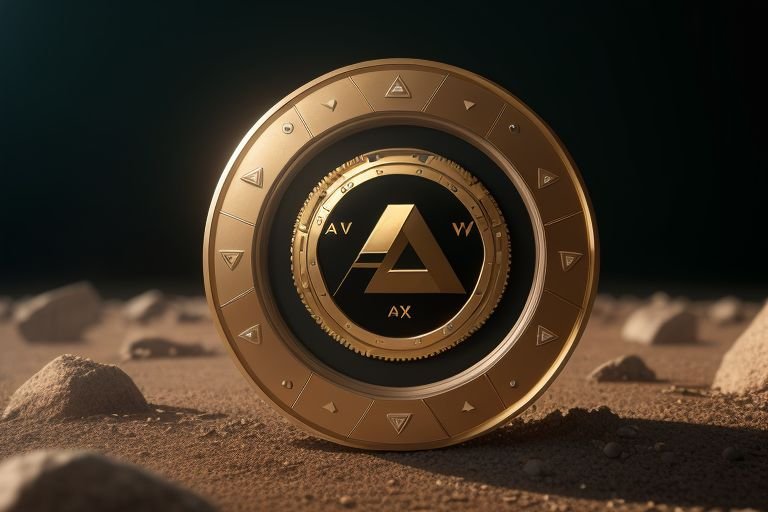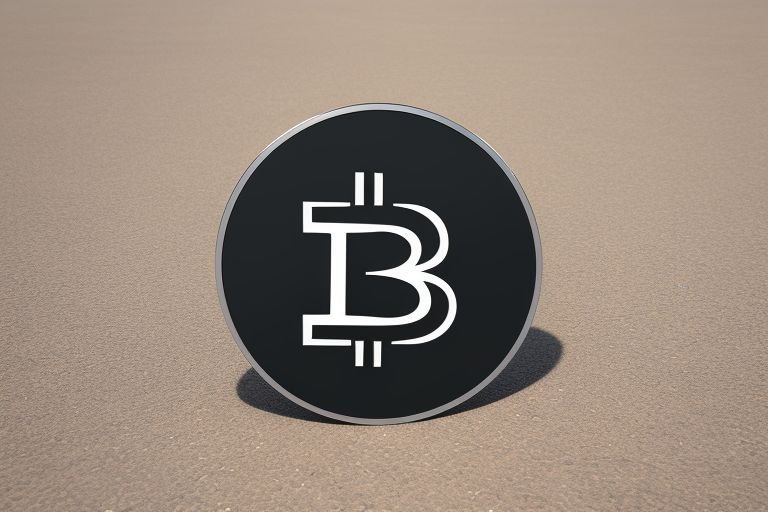Polygon (MATIC), Ethereum’s scaling and infrastructure development platform, is gradually working towards its goal of developing a multi-chain Ethereum ecosystem. Formerly known as the Matic Network, Polygon has become a full-fledged platform that focuses on the scaling of Ethereum and the development of the infrastructure, especially ZK technology.
This is because Polygon’s main focus is to address the scalability problem of Ethereum while at the same time maintaining the security and decentralization of the network. The platform provides a number of scaling solutions, such as Polygon PoS (Proof of Stake), Polygon Edge and other solutions based on ZK. This multi-faceted approach enables the developers to select the scaling model that they consider most appropriate for their application.
Polygon has recently been paying much attention to zero-knowledge proofs, which has attracted much attention in the blockchain industry. ZK technology enables the validation of data without disclosing the details of the data; this can be useful in enhancing the scalability and privacy. Polygon has also invested in and acquired several ZK-focused projects, and is now one of the leaders in this area.
The Polygon ecosystem has been rapidly expanding, and now boasts of thousands of applications across DeFi, NFTs, gaming, and other sectors. Such large projects and platforms as Aave, OpenSea, and Decentraland have connected with Polygon due to low fees and high throughput. This increasing usage has made Polygon as one of the significant participants in the Ethereum ecosystem.
The native token of Polygon is MATIC which is used in the functioning and management of the network. It also covers transaction fees, staking, and voting in the network’s governance. It has gained value as the adoption of the platform has risen and has always been in the list of the most valuable cryptocurrencies.
Polygon has also been keen on its “Polygon Studios” which is a division that aims at integrating Web2 into Web3 through investment, marketing and development support. This has been especially useful in the case of gaming and NFTs to bring them to the Polygon ecosystem.
Nevertheless, Polygon still has some problems when it comes to its development. The platform needs to address the issue of Ethereum scalability while at the same time pursuing the goal of becoming a multi-chain system. Furthermore, as other scaling solutions and layer-2 networks are developed, Polygon will have to come up with new ideas to compete with other solutions.
In the future, Polygon’s success will mostly depend on the implementation of the zero-knowledge solutions, further development of the platform, and its further collaboration with the Ethereum ecosystem. The platform’s attempts to enhance the compatibility with other blockchain networks and integrate with other platforms may also be significant for its further development and popularization.
As the blockchain industry develops, Polygon’s multi-faceted approach to scaling and its developing ecosystem make it a prominent candidate for the future of decentralized technologies. The next few months and years will be telling of whether Polygon will be able to deliver on its vision of building a multi-chain Ethereum using the latest ZK rollups.



